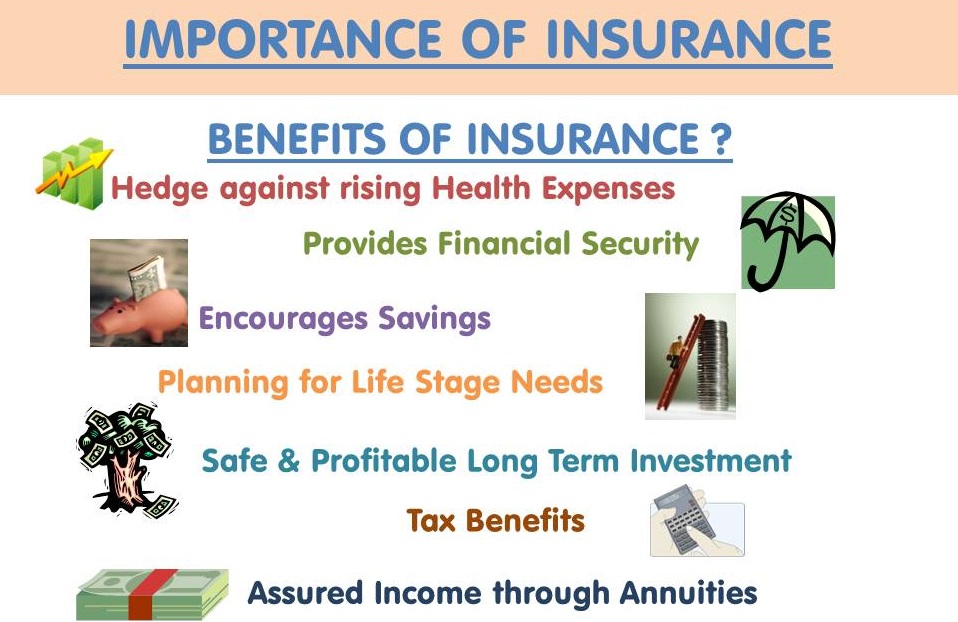Pacific Prime Fundamentals Explained
Pacific Prime Fundamentals Explained
Blog Article
Rumored Buzz on Pacific Prime
Table of ContentsSome Ideas on Pacific Prime You Should KnowPacific Prime - TruthsThings about Pacific PrimeAn Unbiased View of Pacific PrimePacific Prime Fundamentals Explained

This is due to the fact that the information were gathered for a duration of strong economic efficiency. Of the estimated 42 million people that were uninsured, all yet about 420,000 (regarding 1 percent) were under 65 years old, the age at which most Americans become qualified for Medicare; 32 million were grownups between ages 18 and 65, around 19 percent of all adults in this age; and 10 million were youngsters under 18 years old, about 13.9 percent of all kids (Mills, 2000).
These estimates of the number of individuals uninsured are created from the annual March Supplement to the Current Population Survey (CPS), performed by the Demographics Bureau. Unless otherwise noted, national quotes of individuals without medical insurance and percentages of the populace with different kinds of protection are based upon the CPS, one of the most extensively used source of quotes of insurance policy protection and uninsurance rates.
How Pacific Prime can Save You Time, Stress, and Money.

Still, the CPS is particularly helpful because it generates yearly quotes relatively rapidly, reporting the previous year's insurance coverage approximates each September, and since it is the basis for a regular collection of estimates for even more than twenty years, permitting for analysis of fads in coverage in time. For these reasons, in addition to the considerable use of the CPS in various other studies of insurance coverage that exist in this record, we count on CPS price quotes, with restrictions noted.

The price quote of the number of without insurance people expands when a populace's insurance standing is tracked for numerous years. Over a three-year period beginning early in 1993, 72 million people, 29 percent of the U.S. https://www.storeboard.com/pacificprime. population, lacked insurance coverage for a minimum of one month. Within a single year (1994 ), 53 million people experienced at the very least a month without insurance coverage (Bennefield, 1998a)
6 out of every ten uninsured grownups are themselves used. Although functioning does enhance the chance that and one's relative will certainly have insurance policy, it is not a warranty. Even participants of family members with 2 full-time wage income earners have almost a one-in-ten opportunity of being uninsured (9.1 percent without insurance rate) (Hoffman and Pohl, 2000).
Fascination About Pacific Prime
New immigrants account for a substantial proportion of individuals without medical insurance. One evaluation has actually attributed a considerable section of the recent development in the dimension of the U.S. uninsured population to immigrants that got here in the nation between 1994 and 1998 (Camarota and Edwards, 2000). Recent immigrants (those who pertained to the USA within the previous 4 years) do have a high price of being without insurance (46 percent), but they and their kids represent simply 6 percent of those without insurance country wide (Holahan et al., 2001).
The partnership between health and wellness insurance coverage and access to care is well established, as documented later on in this phase. The relationship in between health and wellness insurance coverage and health and wellness end results is neither straight nor basic, a substantial professional and wellness solutions research study literature web links health and wellness insurance policy protection to improved access to care, much better top quality, and improved personal and population wellness standing.
Levels of analysis for taking a look at the impacts of uninsurance. This discussion of wellness insurance protection concentrates mainly on the U.S. populace under age 65 since essentially all Americans 65 and older have Medicare or other public protection. It focuses specifically on those without any health insurance for any type of size of time.
How Pacific Prime can Save You Time, Stress, and Money.
The troubles dealt you could try these out with by the underinsured are in some aspects similar to those faced by the uninsured, although they are normally much less severe. Health insurance, nevertheless, is neither needed neither adequate to gain accessibility to clinical solutions. The independent and straight result of health and wellness insurance protection on accessibility to health and wellness services is well developed.
Others will get the healthcare they need also without health and wellness insurance coverage, by spending for it expense or seeking it from suppliers who provide care totally free or at extremely subsidized rates. For still others, health insurance coverage alone does not make certain invoice of care as a result of various other nonfinancial barriers, such as a lack of healthcare service providers in their community, minimal accessibility to transportation, illiteracy, or linguistic and social distinctions.
What Does Pacific Prime Do?
Formal research study concerning without insurance populaces in the United States dates to the late 1920s and early 1930s when the Board on the Price of Treatment generated a series of records regarding funding medical professional office visits and hospital stays. This issue became significant as the numbers of medically indigent climbed during the Great Depression.
Report this page